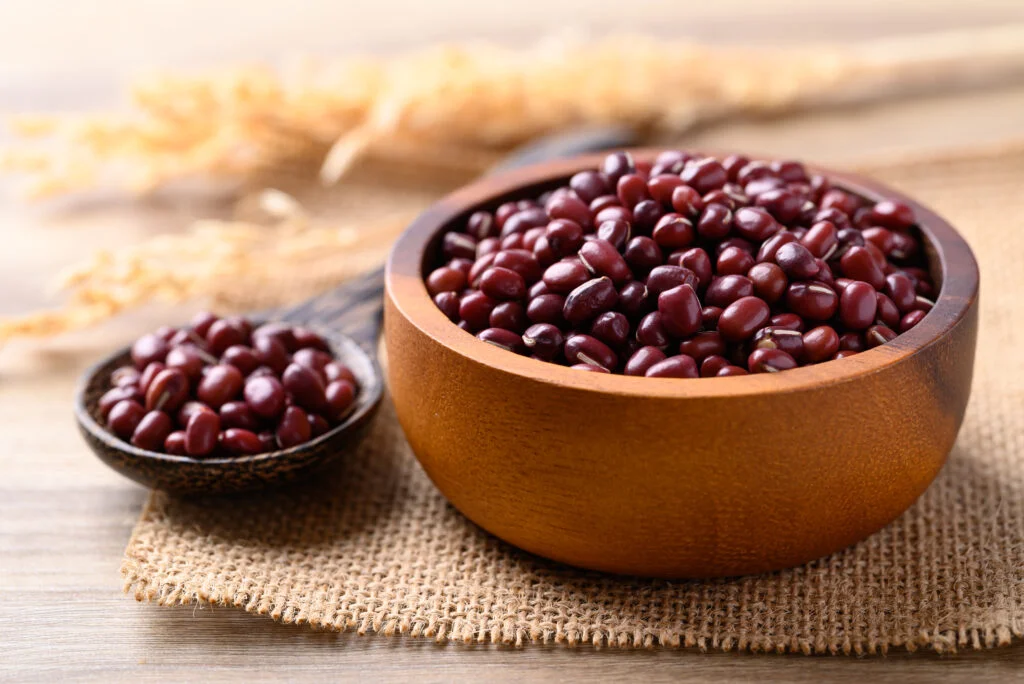The Unexpected Ally: Japanese Sweets for Diet and Health
When you think of Japanese sweets, or wagashi, you might imagine high-calorie, sugary treats. While it’s true that wagashi contains sugar, these traditional confections surprisingly offer several benefits for health and diet. Let’s explore the hidden health effects of wagashi and how to enjoy them even while on a diet.
Wagashi vs. Western Sweets: Calorie and Nutritional Comparison
Comparing wagashi with Western sweets reveals that Japanese confections can be a healthier choice. For instance, dorayaki, a popular wagashi, contains 284 kcal per 100g, while the same amount of yeast doughnuts contains 386 kcal.
Nutritionally, wagashi also has some advantages. Dorayaki contains 6.6g of protein, similar to yeast doughnuts’ 7.2g. However, the fat content differs significantly: dorayaki has only 2.5g of fat, while yeast doughnuts contain 20.2g – about eight times more.
Regarding dietary fiber, dorayaki contains 3.1g, about twice as much as yeast doughnuts’ 1.5g.
However, in terms of carbohydrates, dorayaki contains 58.7g, while yeast doughnuts have 43.9g, making the latter lower in this aspect.
Overall, wagashi tends to be lower in fat and higher in dietary fiber compared to Western sweets, while also being generally lower in calories.
Hidden Health Benefits of Wagashi
The main ingredients used in wagashi offer various health benefits:
Anko (Red Bean Paste): Red beans are rich in components that aid in diet. They contain vitamins B1 and B2, which help metabolize fat and assist in recovery from fatigue. They’re also a good source of iron, which helps prevent anemia. Saponins in red beans may help reduce swelling, and they contain polyphenols with antioxidant properties. Moreover, they’re high in dietary fiber.
Examples of wagashi using anko: Daifuku, Monaka, Ohagi, Dorayaki

Agar: Agar is nearly calorie-free and rich in dietary fiber, making it suitable for diets. Its galactan fiber helps suppress the absorption of fats and sugars and promotes the excretion of fats and waste products. It’s also known to help alleviate constipation.
Examples of wagashi using agar: Yokan/Mizu-yokan, Anmitsu

Kinako (Roasted Soybean Flour): Soybeans, the source of kinako, are rich in dietary fiber and contain soy isoflavones, which function similarly to female hormones. These are believed to help alleviate menopausal symptoms and prevent osteoporosis.
Examples of wagashi using kinako: Kuzu mochi, Warabi mochi, Abekawa mochi

These ingredients not only create the unique flavors of wagashi but also provide numerous health benefits.
How to Choose Wagashi Even While on a Diet
If you want to enjoy wagashi while on a diet, consider the following tips:
- Choose wagashi with high water content:
- Sweets like mizu-yokan or kuzukiri have relatively low calories due to their high water content. The water content also helps you feel fuller.
- Pay attention to the type of anko:
- Tsubuan (chunky red bean paste) contains more dietary fiber than koshian (smooth red bean paste). Also, shiroan (white bean paste) tends to be lower in calories than red bean paste.
- Select smaller sizes:
- Choose bite-sized rakugan or small monaka for easier portion control.
- Opt for wagashi made with specific ingredients:
- Sweets that use agar or kuzu starch instead of sugar tend to be lower in calories. This allows you to enjoy sweetness while reducing calorie intake.
By being mindful of these choices, you can enjoy wagashi even while on a diet. Remember, moderation is key regardless of the type of sweet.
Synergistic Effect: The Healthy Combination of Wagashi and Green Tea
Enjoying wagashi with green tea can provide additional health benefits:
- Enhanced antioxidant effect: The catechins in green tea and the polyphenols in wagashi work synergistically to provide a strong antioxidant effect.
- Suppression of post-meal blood sugar spikes: Catechins in green tea are believed to suppress sugar absorption. Drinking green tea with wagashi may help prevent rapid increases in blood sugar levels after eating.
- Relaxation effect: L-theanine in green tea is known for its relaxation properties. Enjoying wagashi with green tea can provide a mentally and physically relaxing experience.
- Digestive benefits: Green tea is said to promote digestion. Drinking it with wagashi may aid in the digestive process.
The combination of wagashi and green tea represents the wisdom of traditional Japanese food culture.
Conclusion: Wagashi, An Unexpected Health Ally
Wagashi is not just sweet and delicious; it surprisingly offers beneficial aspects for health and diet. By choosing and enjoying them wisely, you can incorporate these traditional sweets into a healthy lifestyle.
Understanding the nutritional value of wagashi ingredients and their synergistic effects with green tea allows you to enjoy these treats more intelligently and healthily. We hope this new perspective on wagashi will help you appreciate them not just for their taste, but also for their potential contributions to your physical and mental well-being.

[…] The Unexpected Ally: Japanese Sweets for Diet and Health – Dejima.store Blog – https://blog.dejima.store/the-unexpected-ally-japanese-sweets-for-diet-and-health/ […]